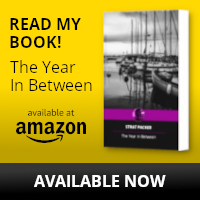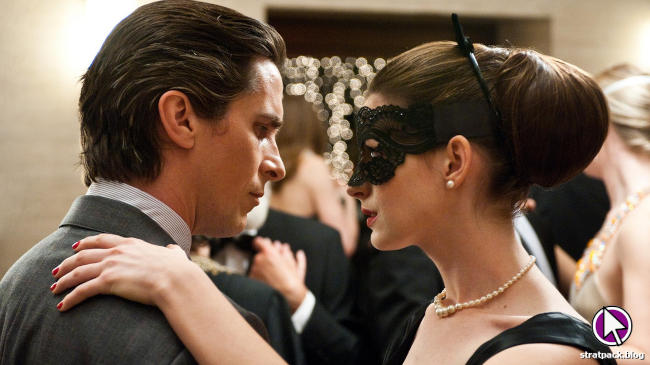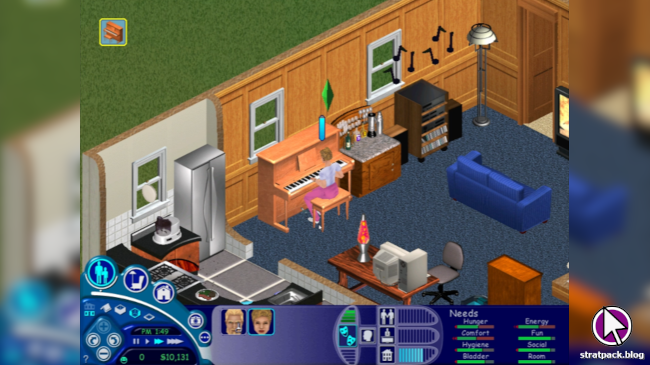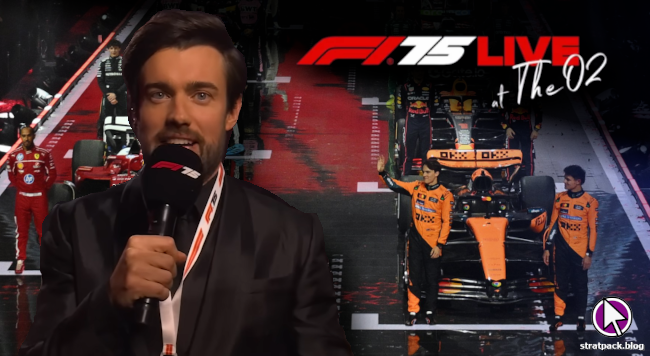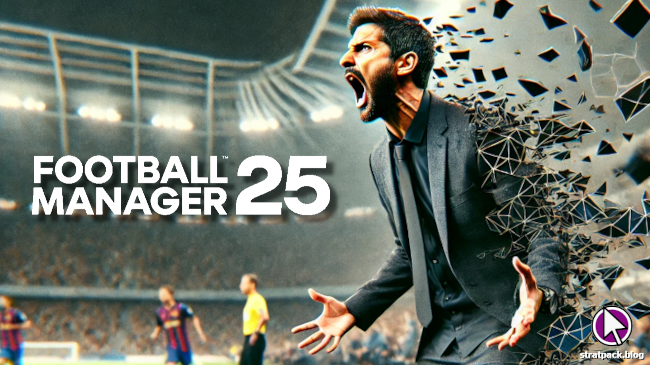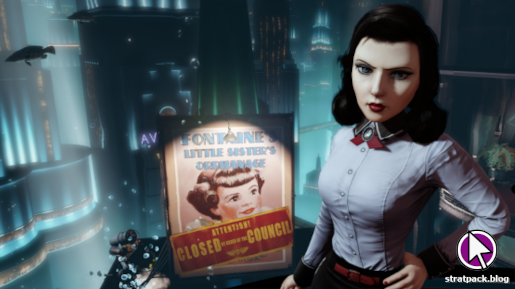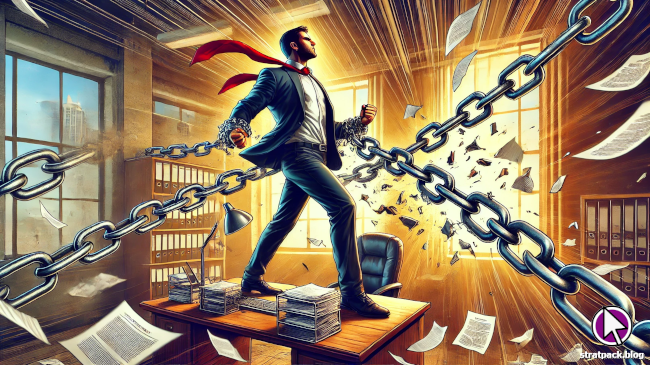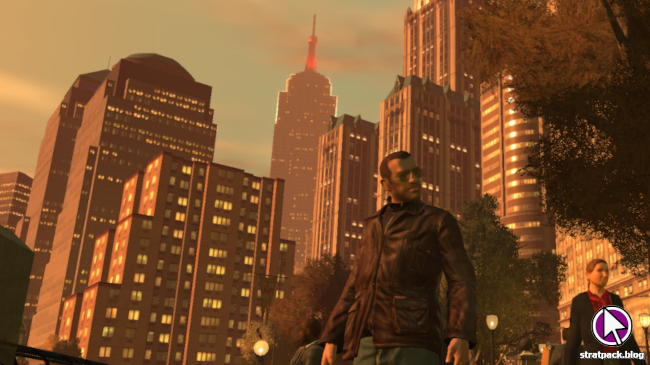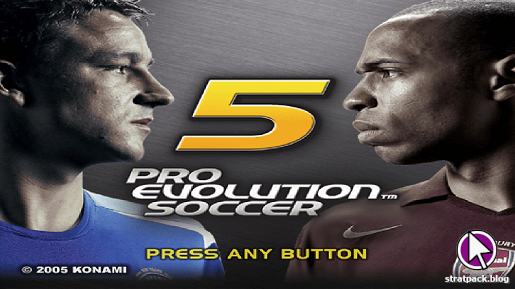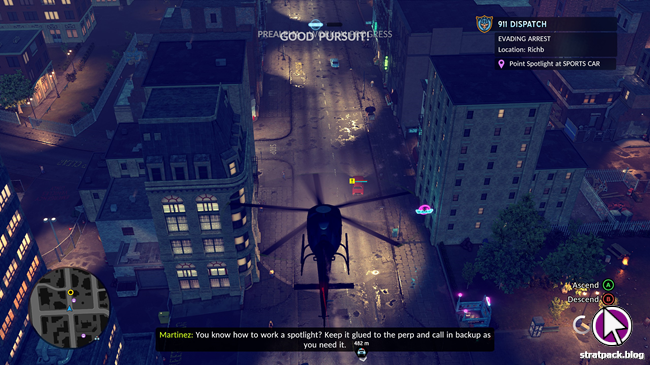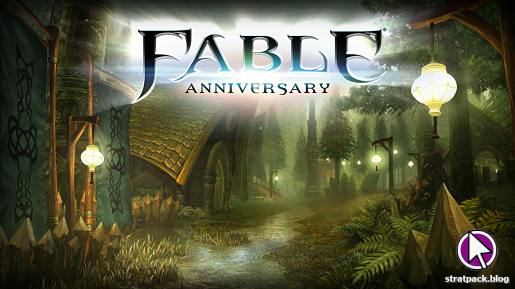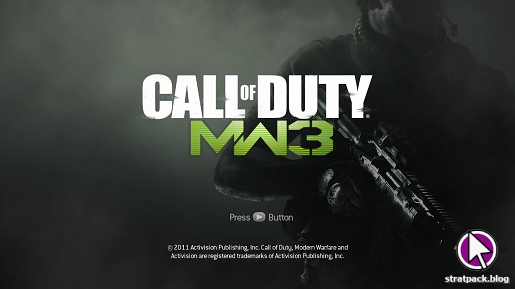
Batman Begins review - all roads lead to Bruce Wayne
My life will soon undergo significant change, so to mark the end of the current era I’ve been revisiting some of the media that has meant the most to me - watching the films, playing the games, and listening to the music that has served as the background to significant personal moments across the last 15 years or so.
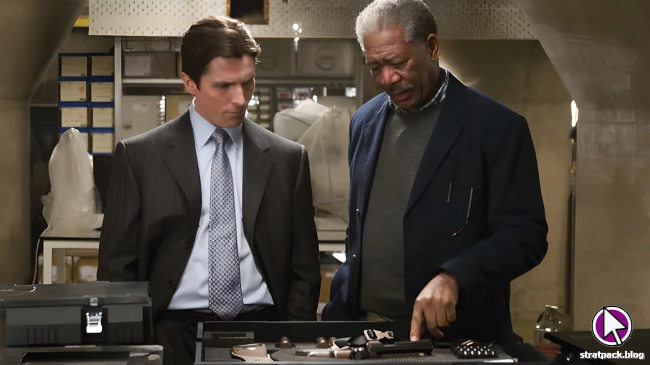
Christopher Nolan’s Batman trilogy, starring Christian Bale, was probably the last superhero series I was excited about - perhaps because it didn’t feel very super at all. Batman is a feasible character, just a rich guy with a taste for justice and some cool gadgets, and that suited Nolan’s very grounded style perfectly.
With that in mind, I put aside one of my few remaining free days to watch all three films, starting with Batman Begins, which set out to establish the Bruce Wayne character and lay the foundations for its bigger-budget sequels.
Gotham’s symbol of justice
The film begins in usual Batman style, with the murder of Bruce Wayne’s parents. He feels guilty because this occurred after he convinced them to leave the opera early because the show reminded him of his biggest fear: bats. This is the first of many examples of how tightly Nolan ties everything together in the film.
Over time, Wayne’s guilt morphs to anger. He plans to kill his parents’ murderer when he is granted parole, but someone gets there first. On discovering his plan, his childhood friend Rachel says it wouldn’t have helped anyway - the mob boss Falcone is undoing all his father’s good work in the city (we see later that even the monorail he funded is now heavily vandalised and covered in graffiti).
Bruce seeks out Falcone, but is threatened and warned that people like him “have too much to lose”. This theme is repeated throughout Wayne’s training with the League of Shadows - that he needs to become “more than a man” in the eyes of his enemies, “an idea”. It is from these beginnings and a desire to confront his childhood fear - the very one that indirectly led to his parents’ deaths - that he develops the concept of Gotham’s protector: the Batman.
“As a man, I’m flesh and blood. I can be ignored. I can be destroyed. But as a symbol… I can be incorruptible. I can be everlasting.” - Bruce Wayne
A supervillain in an ordinary world
After leaving the League because he refuses to kill a criminal, Wayne returns to Gotham. Unbeknown to him, Scarecrow (an early appearance for Cillian Murphy) is using his daytime role as a psychiatrist to move the city’s most dangerous criminals to Arkham Asylum and place them under his own watch.
An extremely clever move here is that Scarecrow relies on hallucinogens to intimidate his victims. This has the triple effect of creating a genuinely scary villain in a grounded universe, helps to further establish Wayne’s character as he hallucinates about the bats he’s so scared of, and connects with Batman’s origins - it’s later revealed that the compound is based on the same toxic flower he delivered to the League of Shadows to be deemed worthy of his training.
Scarecrow is ultimately revealed to have been manipulated by the League of Shadows, whose plan is to poison Gotham’s water supply, vaporise the water to drug its citizens, and sit back and watch as they tear the city apart. This enables a creepy finale when the Narrows is engulfed in mist, with crazies hiding around every corner and Scarecrow galloping around on horseback. It’s the clearest indicator yet of the dark tone the series will lean into as it progresses.
Batman finds himself on the monorail his father built, hurtling with his mentor turned enemy Ra’s al Ghul towards Wayne Tower, where we’re told the chaos will spread to the whole city. A rare criticism from me is how heavy-handed the exposition is in this section, with a water technician stating the stakes in no uncertain terms despite the villains’ plan having been explained already.
“The pressure’s moving along the mains, blowing all our pipes. And if that pressure reaches us, the water supply right across the whole city is gonna blow!” - water technician
A kiss with a catch
Batman’s one rule is tested, but he settles on a compromise as the two zip towards the end of a track damaged by Jim Gordon. “I won’t kill you, but I don’t have to save you,” he says, leaping from the carriage moments before it falls with the antagonist still inside - a statement that by itself could inspire an entire philosophical debate (and does, in the case of Good Samaritan laws).
Having saved the day as Batman, Wayne regains control of his company. Wayne Manor is to be rebuilt after the League of Shadows burnt it down, Gordon has been promoted and is firmly on Batman’s side despite the police force’s official stance, and Gotham’s criminal element is spiralling. All the pieces are in place to support the Batman status quo and the escalations in the next two films.
Wayne even gets a kiss from Rachel - but there’s a catch. She says he’s changed from their younger days, that his guilt and anger has taken hold to an extent where he’s more Batman than Bruce. Perhaps once Gotham is in a better place, he’ll finally be able to rest and she can be with him. But for now, the city needs him more than she does - to whet our appetites for the second instalment, Gordon’s men have recovered the Joker’s calling card from a crime scene.
“This is your mask. Your real face is the one that criminals now fear. The man I loved - the man who vanished - he never came back at all… Maybe some day, when Gotham no longer needs Batman, I’ll see him again.” - Rachel Dawes
Straight-faced saviour
On its release in 2005, Batman Begins wasn’t really on my radar. I caught it on a coach trip once (although likely slept through large parts), but I really jumped into the series at The Dark Knight, and with my standards set by Heath Ledger’s Joker and the huge set pieces, its predecessor always felt duller by comparison.
But I have to say, I now realise I did it a complete disservice. Batman Begins starts from scratch with a clear objective: to introduce characters and their motivations and set up the elements and themes that would run through the trilogy. But more than that, I felt it was more constrained and tighter than the later films - not a moment is wasted, with everything from the Wayne-built monorail, to the hallucinogenic flower, to the Batcave’s location all coming full circle.
Nolan brings an artistry to the genre that’s rarely applied now superhero films have become commoditised. None of the bright colours, fantastical mumbo jumbo, or edgy quips present in modern Marvel can be found here. The plot is taken almost as seriously as Oppenheimer’s, even venturing into some light political threads, and that’s as refreshing now as it was in its own time.
Bruce Wayne’s character is inspirational not only because he fights crime, but because he is a flawed individual whose deeper morality and mission grants him virtue even when his public image is damaged - sometimes deliberately, when his cause requires it. Batman Begins sets him up as Gotham’s would-be saviour, but this was only the start of a journey that would involve far greater sacrifice.
4/5



